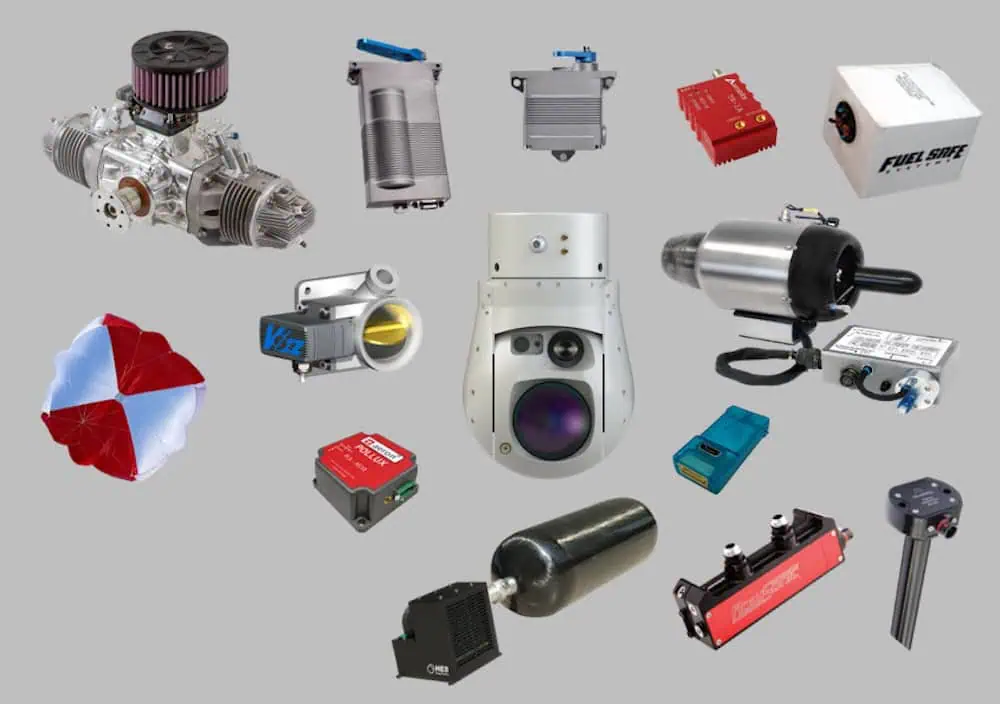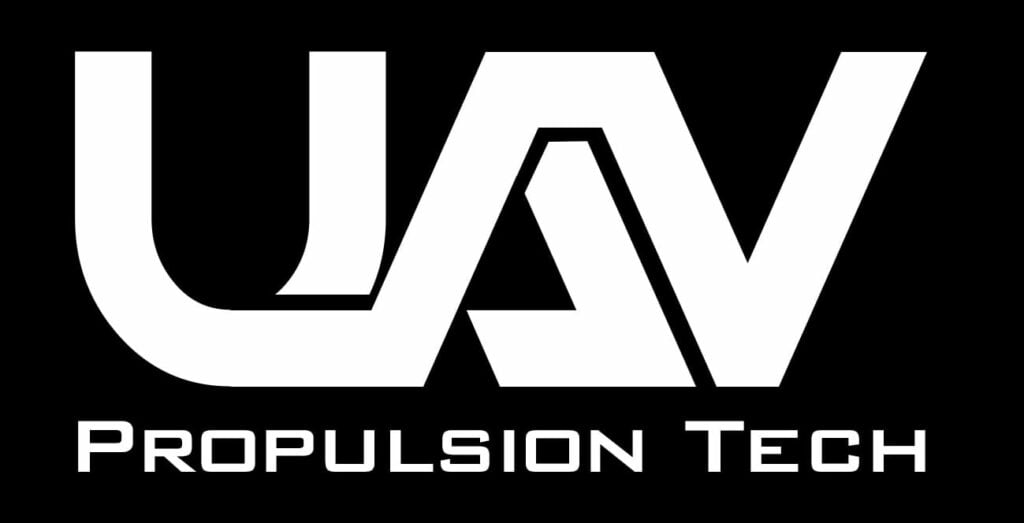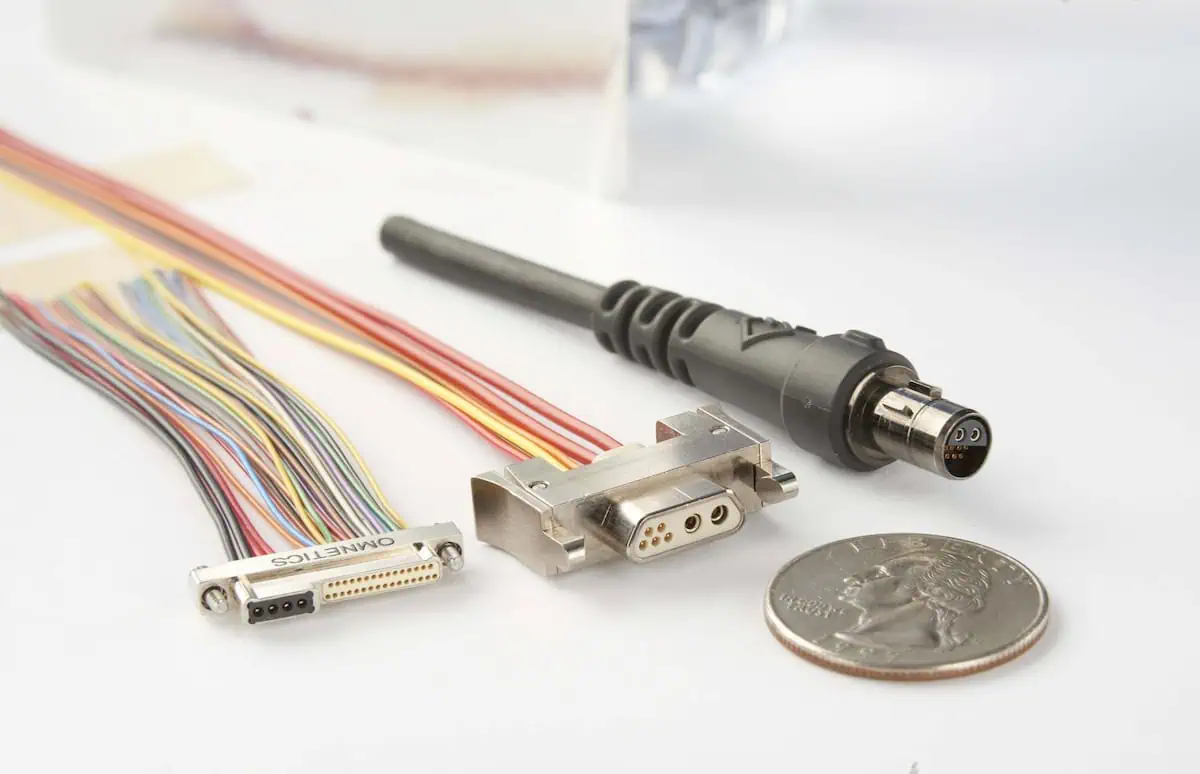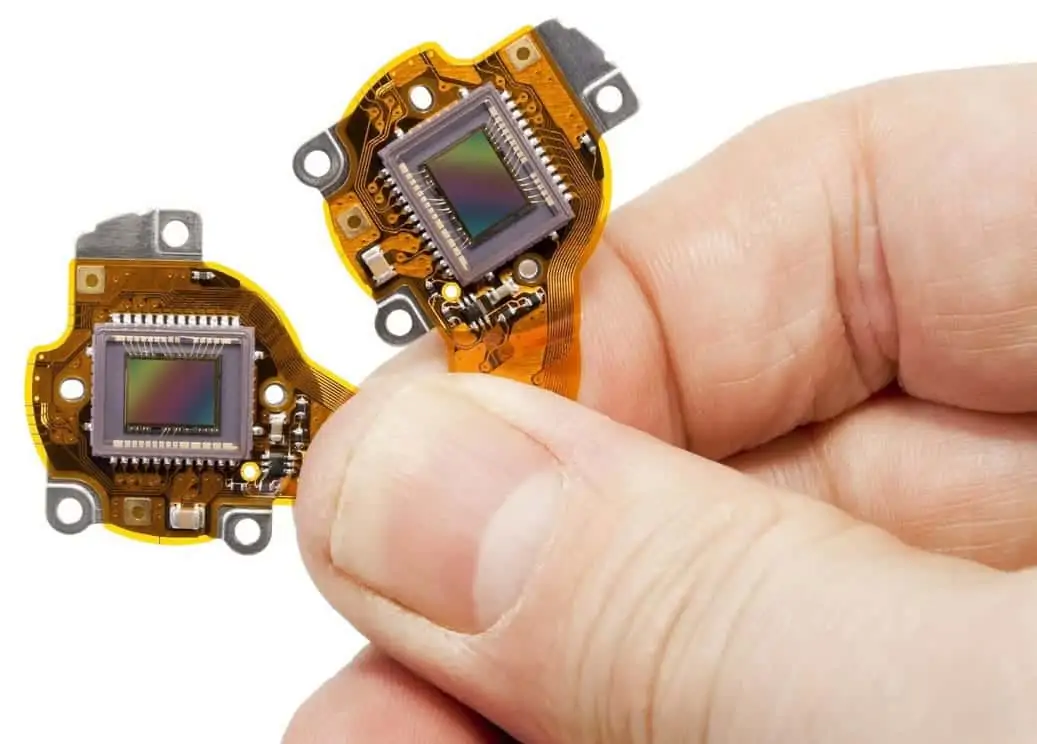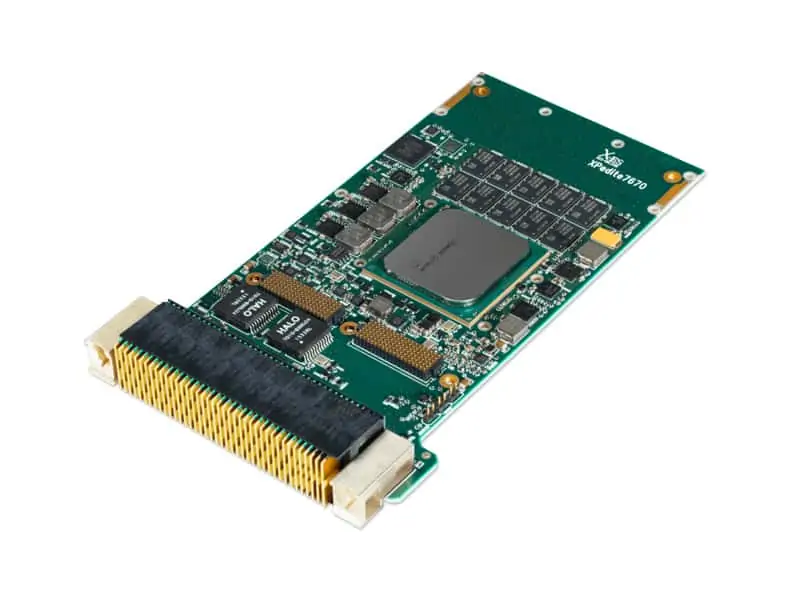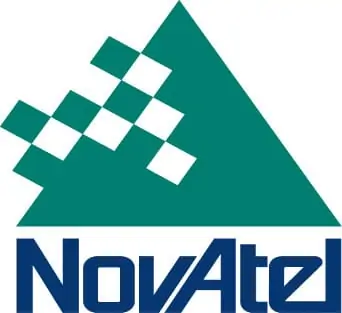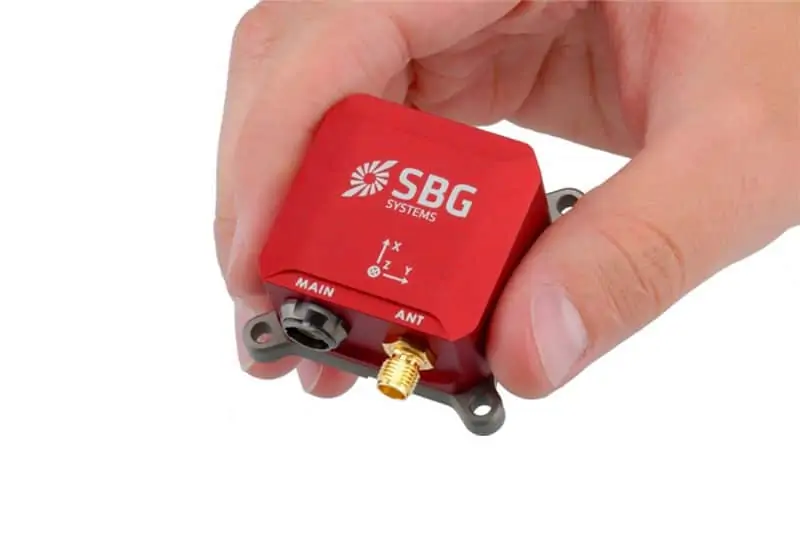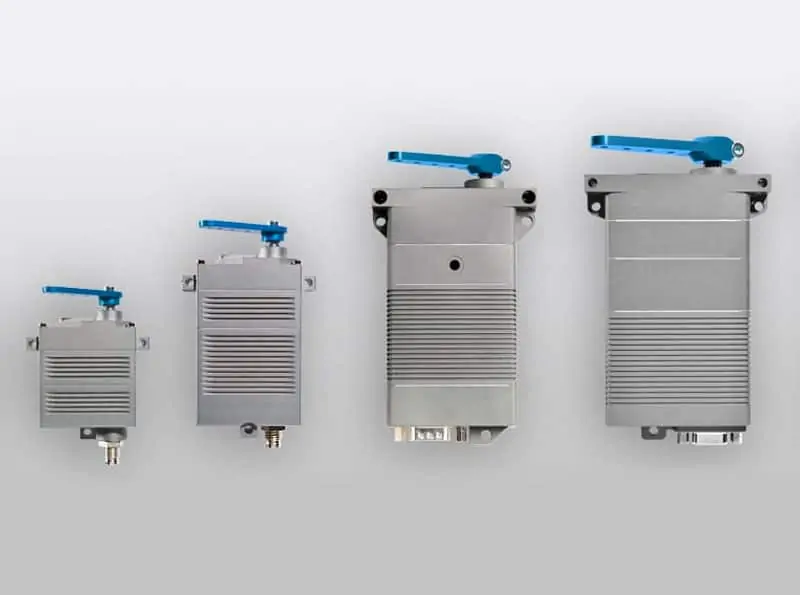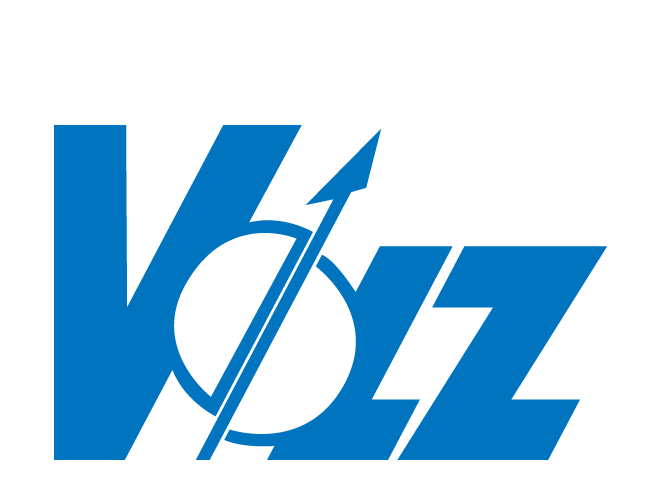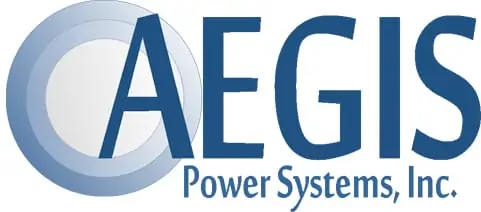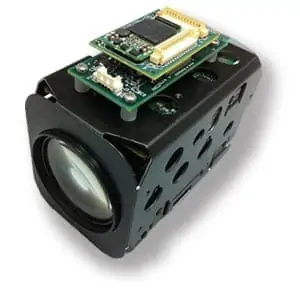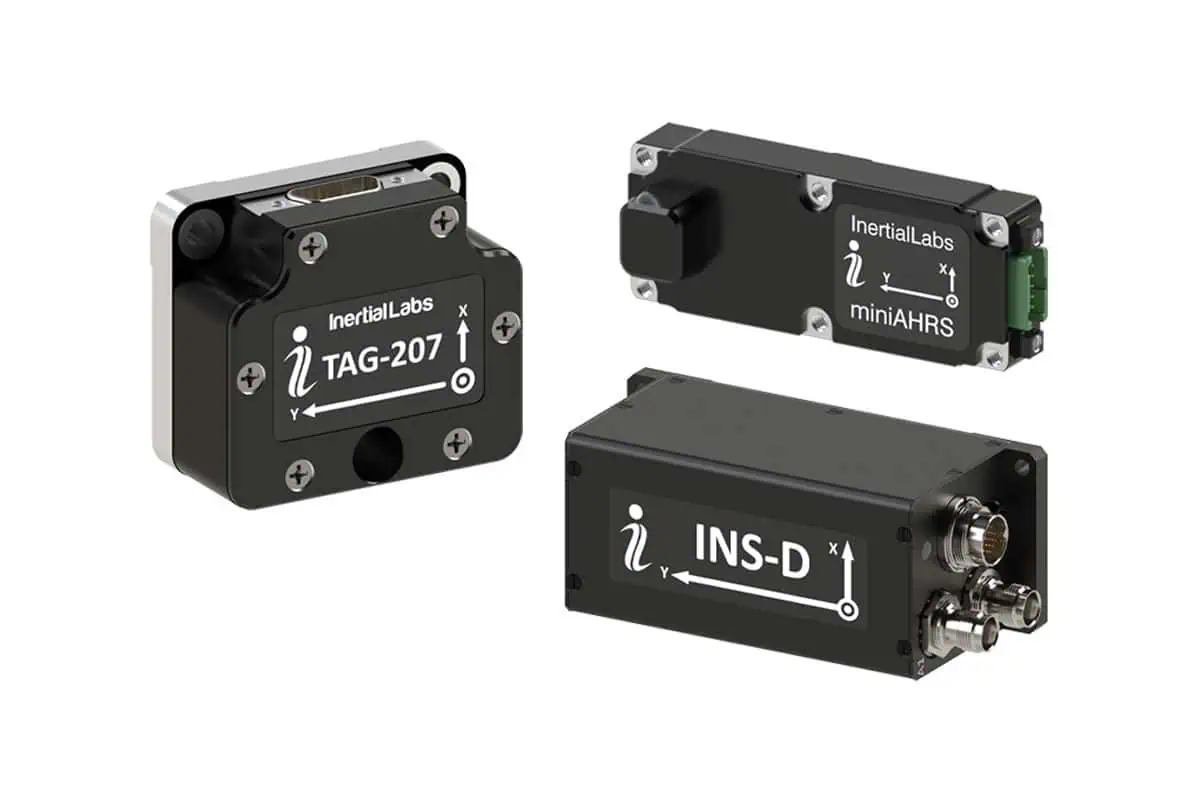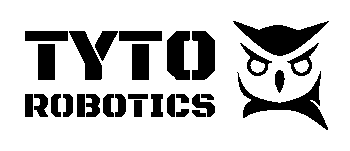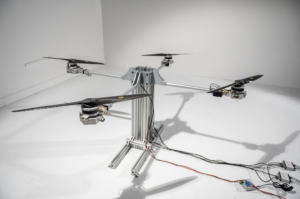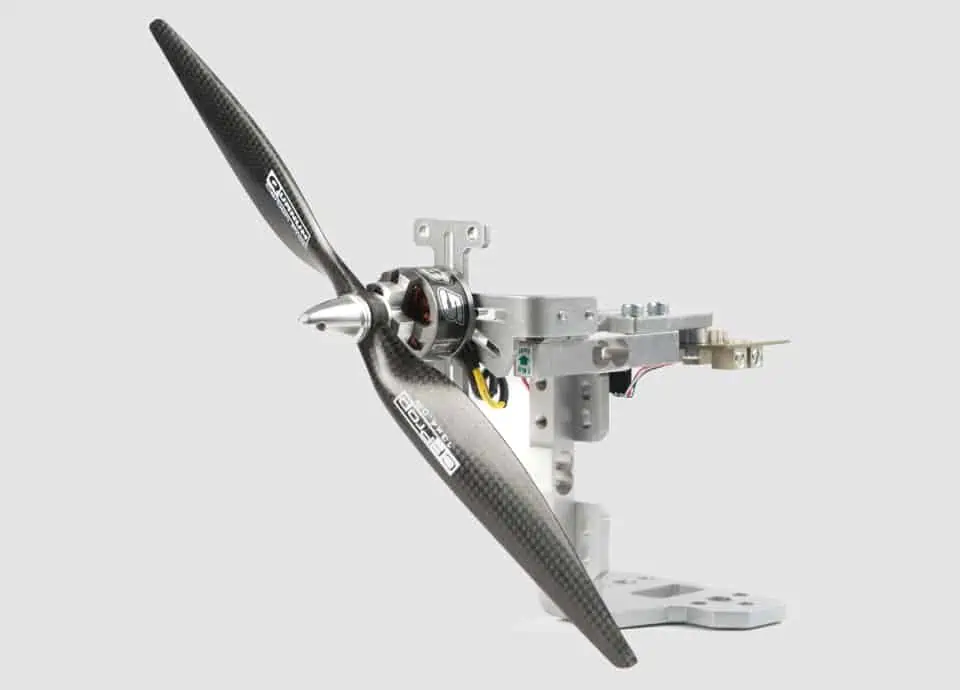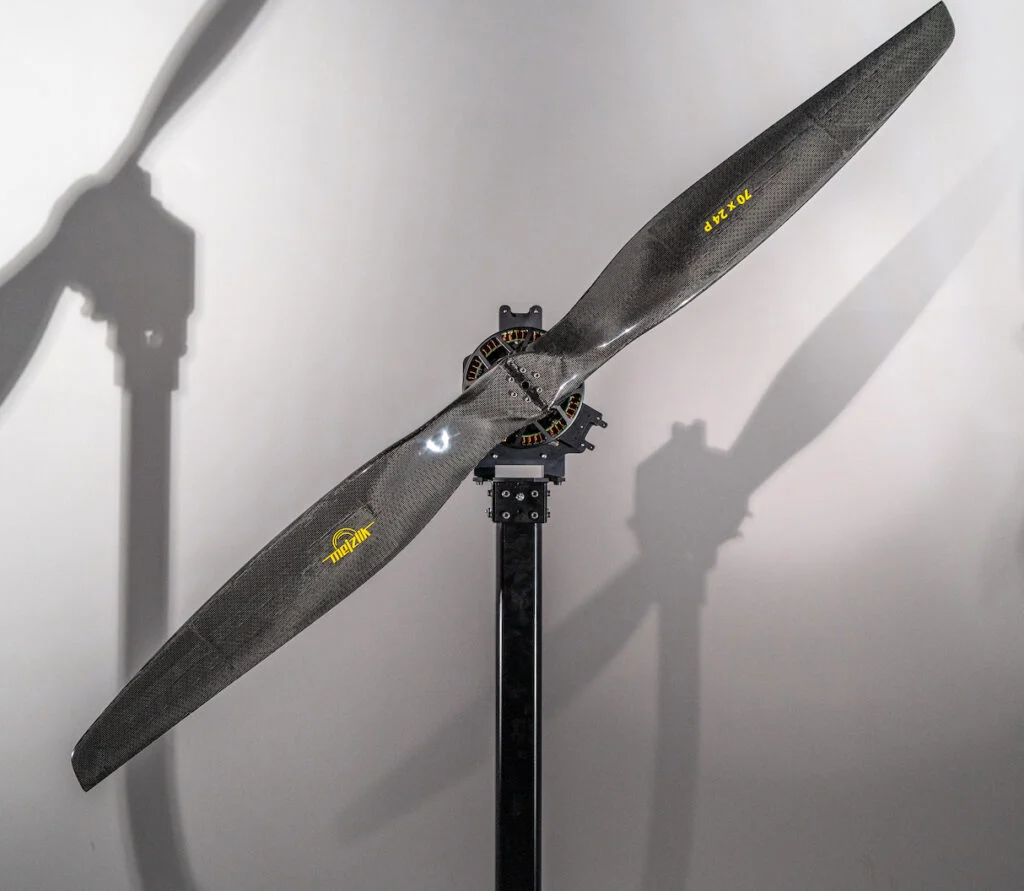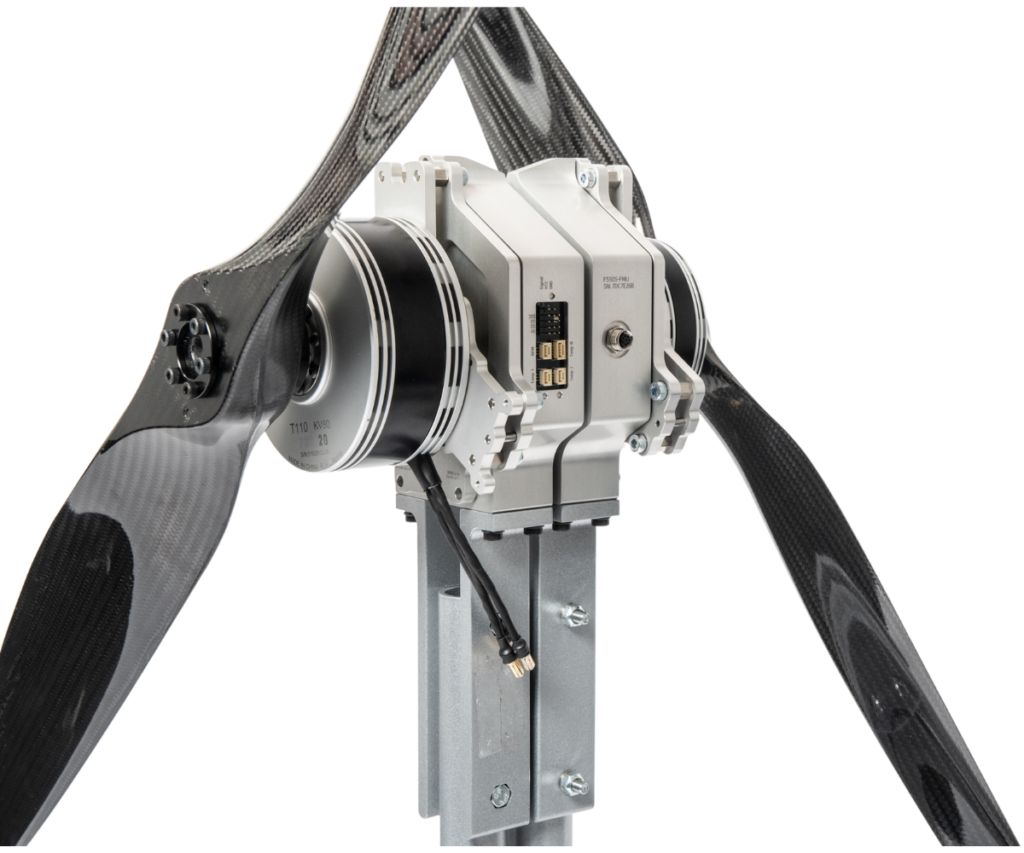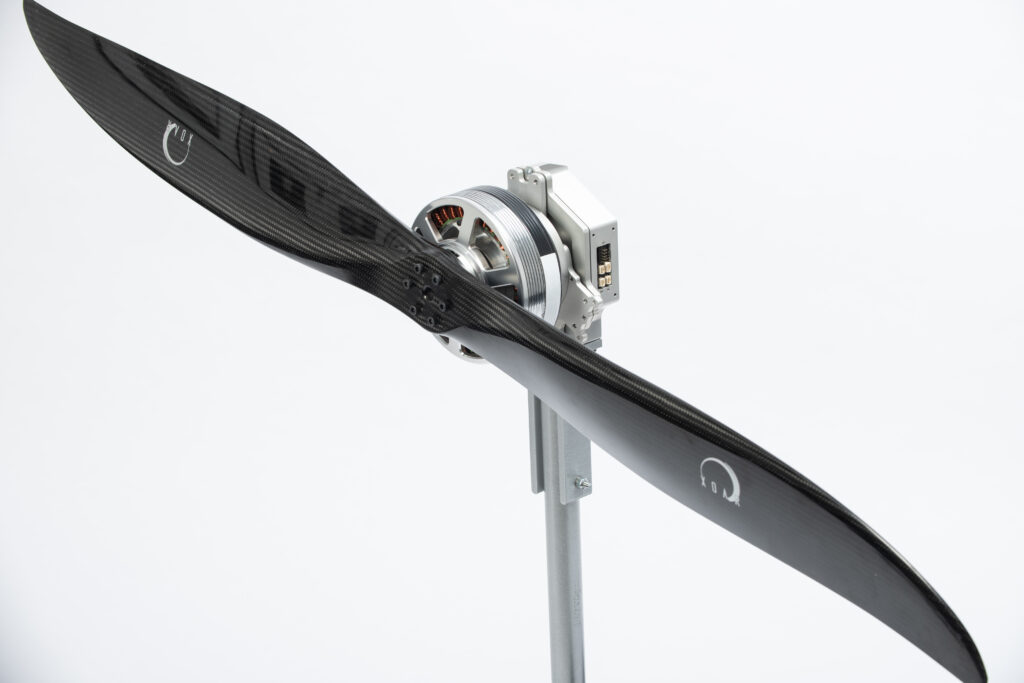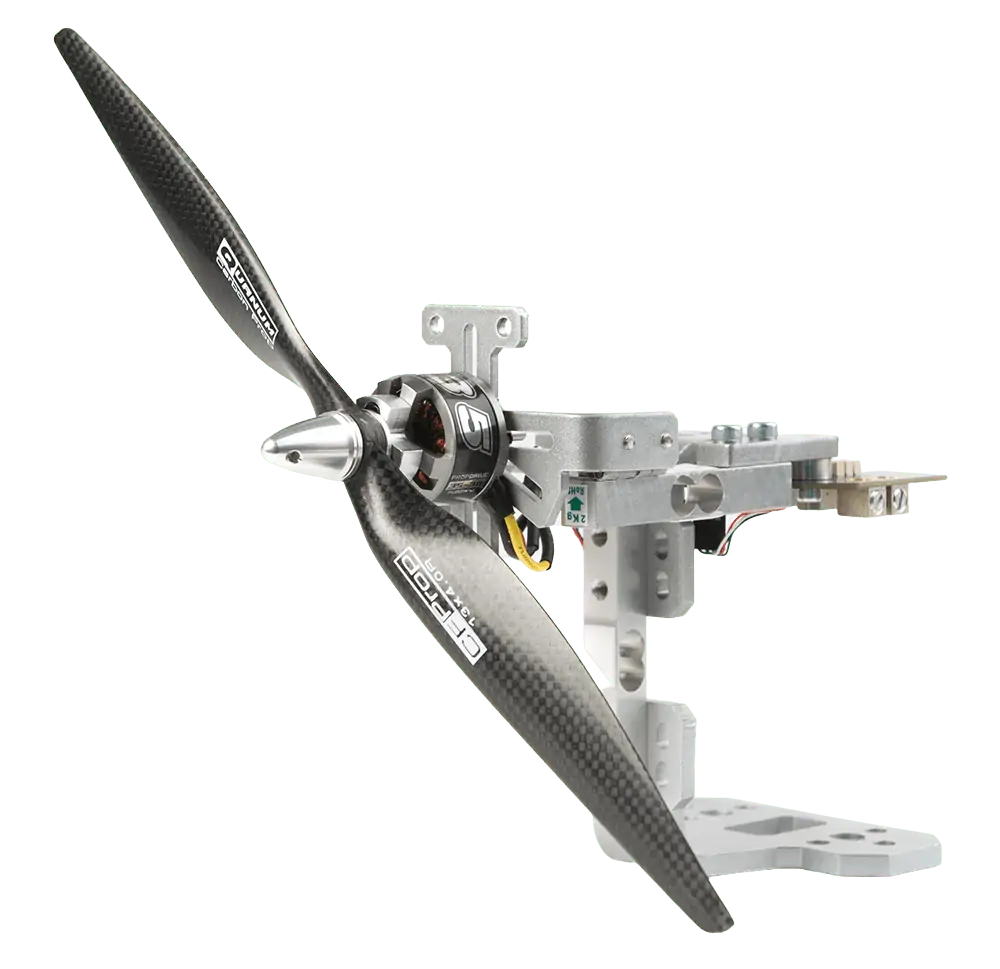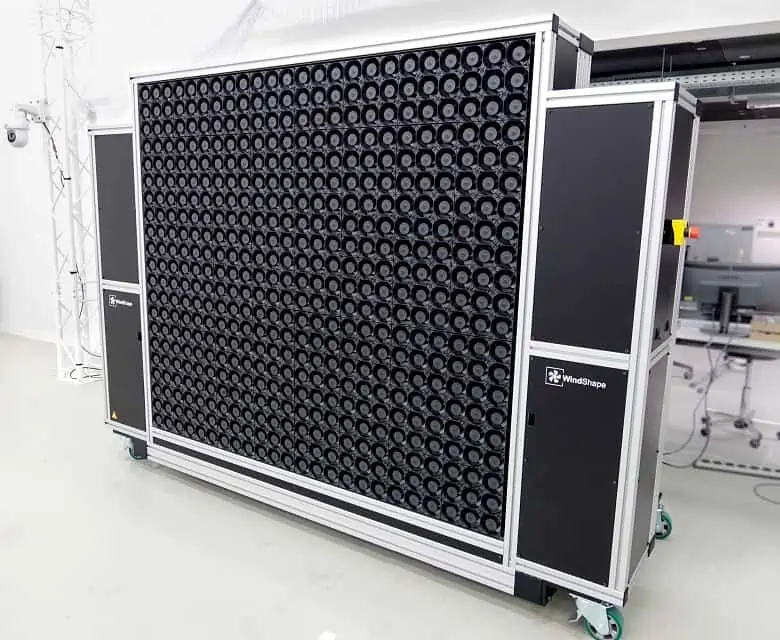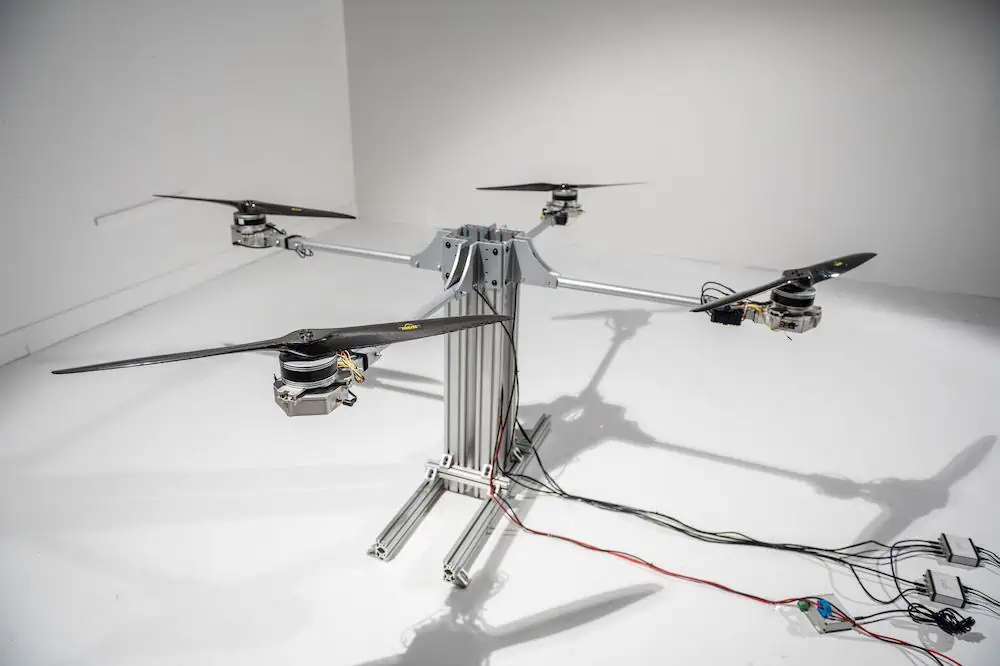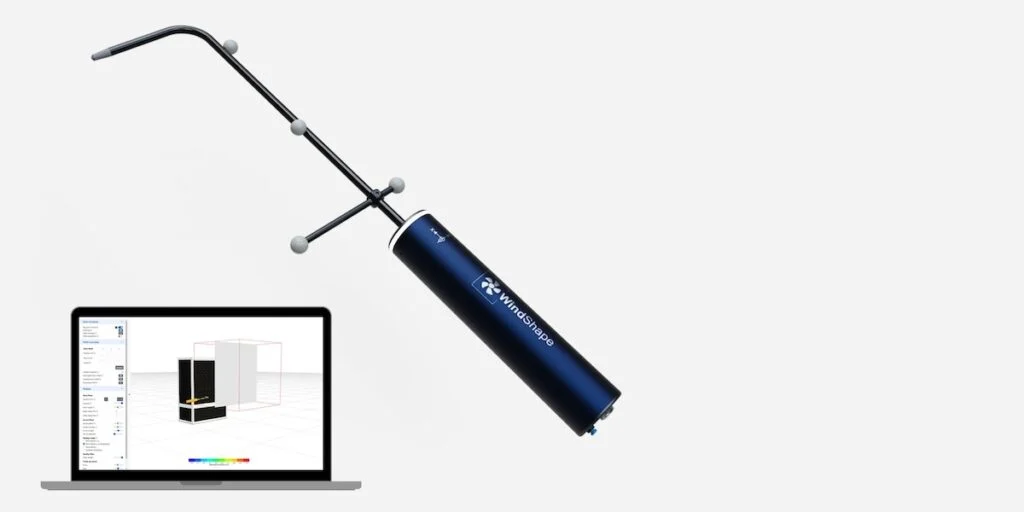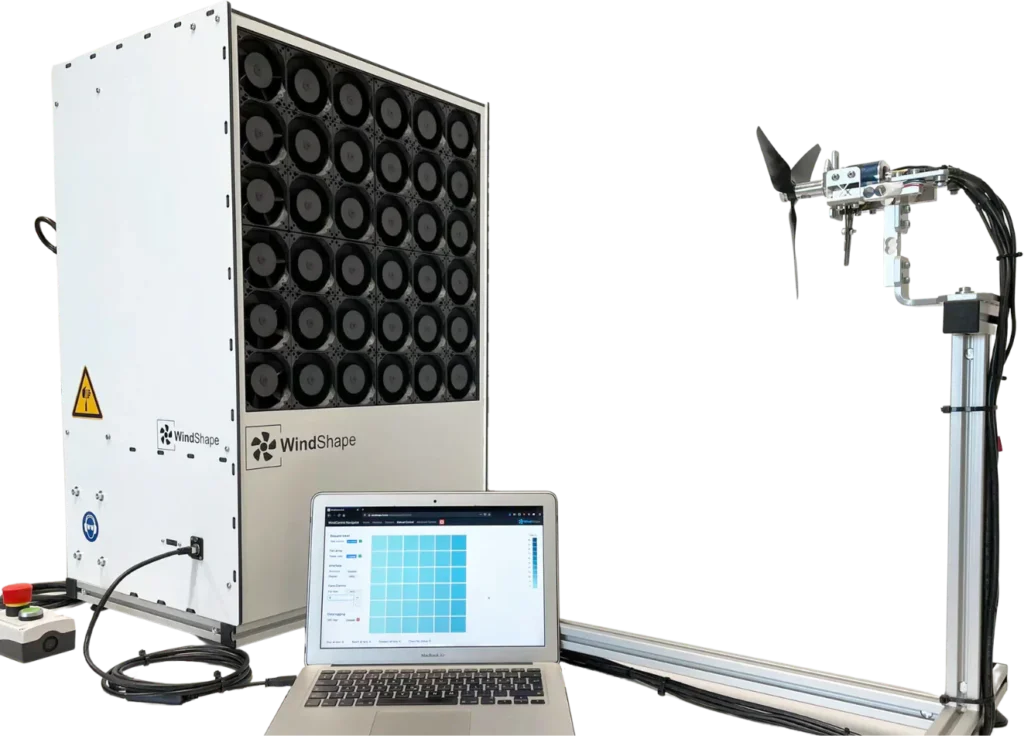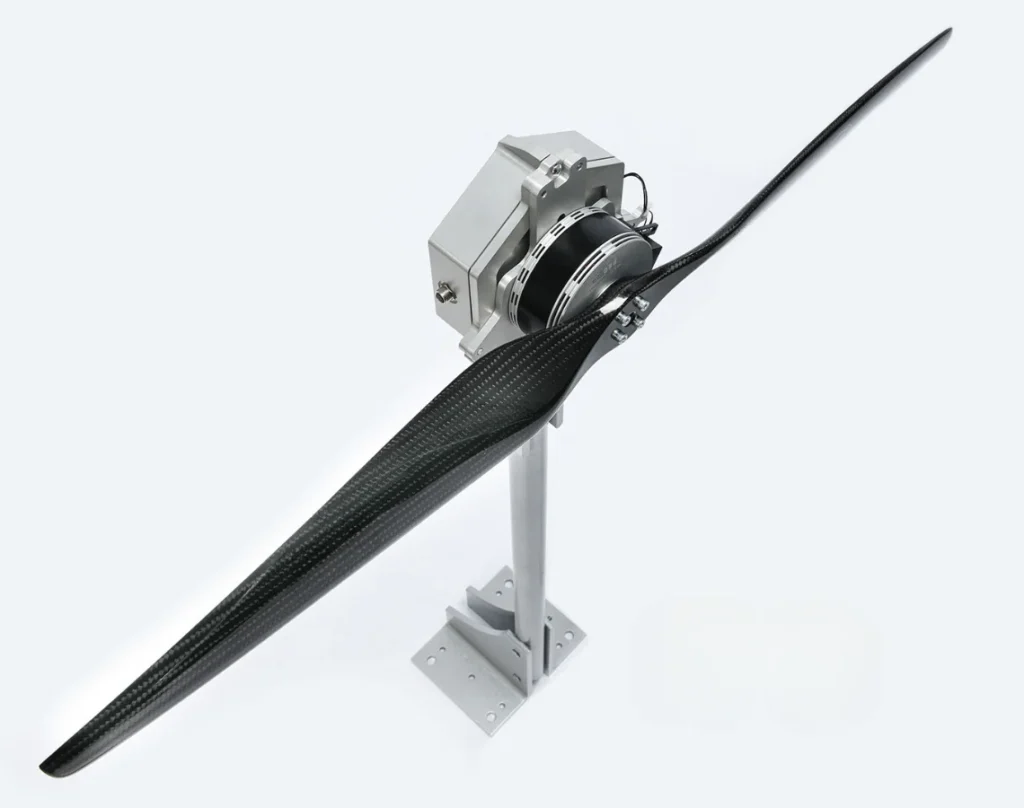Tyto Robotics outlines how Distributed Electric Propulsion (DEP) works, its pros and cons, the DEP aircraft to look out for, and a solution for testing DEP systems.
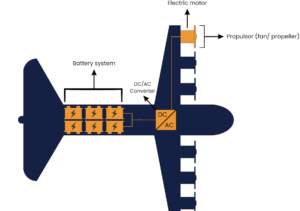
Layout of a fully electric DEP aircraft.
Distributed electric propulsion (DEP) was invented to try and improve on the modern aircraft: How can we increase an aircraft’s efficiency? Improve its maneuverability? Shorten its take-off and landing distances?
DEP concepts promise to reduce fuel consumption while improving performance, an attractive prospect in a time when we are working tirelessly to make aviation more sustainable.
Distributed Electric Propulsion (DEP) describes a propulsion system where the thrust generation is distributed across 3 or more electrically-powered propulsors. In many DEP concepts, the electric propulsors (fans or propellers) are distributed in parallel along an aerodynamic surface, such as the wing of an aircraft.
DEP systems may be fully electric, where the electric motors are powered by batteries, or hybrid, where the electric motors are powered by a turbogenerator.
Many notable organizations have DEP concepts under development, including NASA who are actively testing different DEP designs.
There is no universally accepted definition of DEP at this time, aside from the requisite presence of multiple electric propulsors.
Distributed electric propulsion is an evolving concept and no two DEP aircraft are the same. That said, most DEP aircraft tend to fall into one of two main categories, fully electric DEP aircraft, and hybrid turboelectric DEP aircraft.
Examples of fully electric DEP aircraft include the Lilium Jet, NASA’s redesigned X-57 Maxwell, and the Airbus Vahana.
Challenges with Distributed Electric Propulsion:
- Integration and complexity
- Redesign of standard parts
- Scalability and power requirements
Testing a Distributed Electric Propulsion system
With the complexity of distributed electric propulsion systems, testing is integral to safe development. But how can you test a DEP system?
Tyto Robotics has developed a platform for testing distributed electric propulsion systems with up to 8 powertrains. It comes with the hardware, software, and electronics needed to measure the performance of 8 motors and propellers simultaneously.
The hardware and electronics use a combination of load cells and sensors to measure your propulsion system’s thrust, torque, RPM, voltage, current, temperature, and power.
These measurements are used to derive motor and ESC efficiency, propeller efficiency, and overall efficiency, for individual powertrains or up to eight powertrains combined.
The testing software allows you to program tests manually, automatically, or with our Python API. Tyto Robotics also offer a flight replay feature that allows you to upload flight controller data into the software, using your throttle points as the template for the test.
Each powertrain can be mapped and named so data is easy to trace. With live plots displaying incoming data in real-time, you can quickly determine which propulsors are more or less efficient than others.
Read the full article here, or visit the Tyto Robotics website to find out more.

